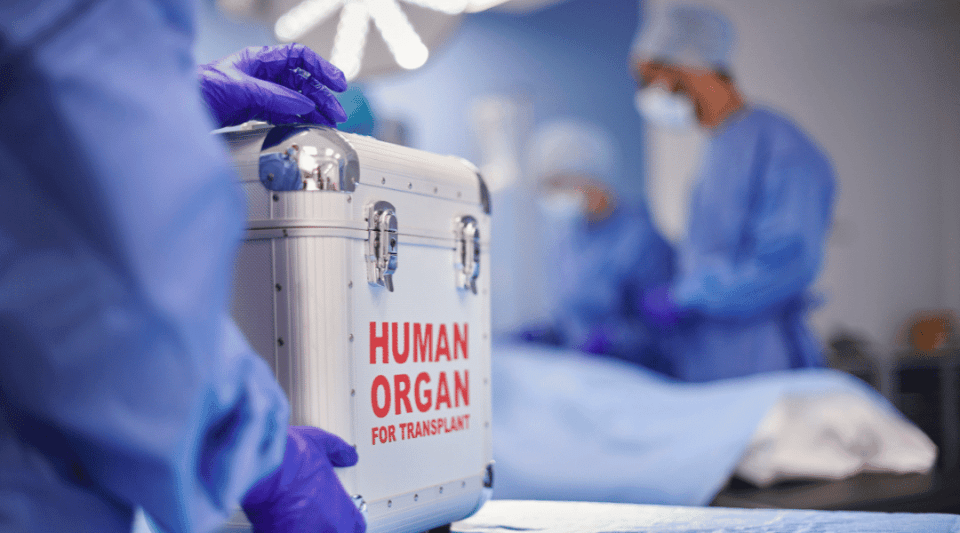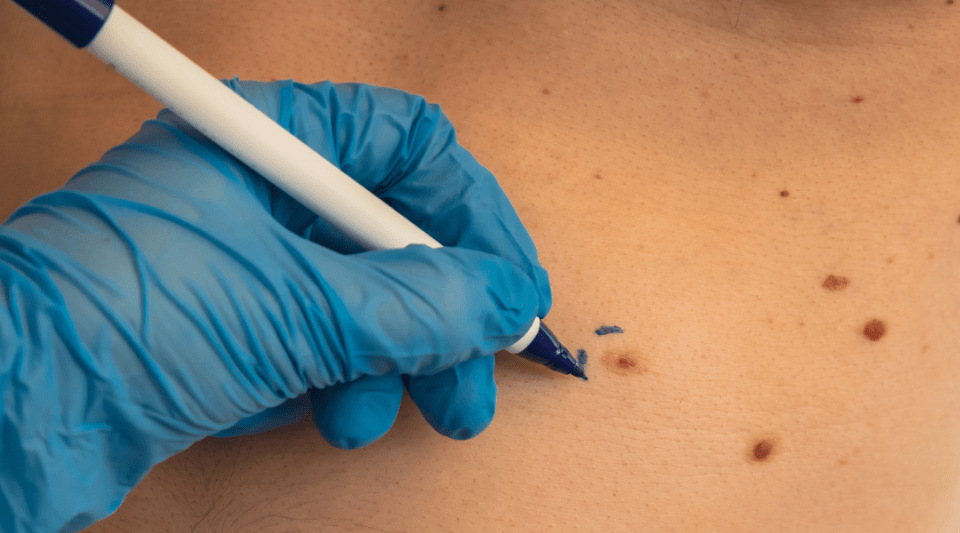When there are no other treatment options available and a person's quality of life is highly impaired or has reached the terminal phase, organ and tissue transplants are the only alternative for many patients. Transplants not only save lives, but can drastically improve a person's quality of life.
The transplant record was broken in Catalonia in 2022, with 1,346 organ transplants. Also, at the national level, 5,383 people received transplants. However, without donors there can be no transplants. Spain has the highest donation rate in the world, over 46 donors per million. Despite these figures, there is still some ignorance about organ and tissue donation and transplantation. Some of the curiosities about this process are:
- A donor can save the lives of 8 people.
- The body is not damaged after a donation.
- The donor may be alive.
- The team removing the organ may be from another hospital.
- The damaged organ can remain in the body after transplantation.
- The new organ can connect to other blood vessels.
- In certain cases, size matters.
A donor can save the lives of 8 people
Among the organs a person can donate are the kidneys, the liver, the heart, the lungs, the pancreas and the intestine. If these organs are suitable for donation, 8 transplants can be carried out on 8 different people, potentially saving each of their lives. Not only organs can be donated, but also tissues, such as skin, corneas, bones, tendons, muscles, arteries, veins and heart valves. Although these may not be life-saving donations, they substantially improve the quality of life of the recipients.
The body is not damaged after a donation
During the removal of organs and tissues, the body is always treated with the utmost respect. The extractions are carried out in operating rooms under sterile conditions. A team of qualified professionals perform the extraction as cleanly as possible, leaving the body presentable for a possible subsequent funeral.
The donor may be alive
Although the majority of donations come from deceased donors, the donor may still be alive. When organs are removed after brain death or asystole (cardiac arrest), this is known as a deceased donation. However, on certain occasions, such as when donating a kidney or part of a liver, it is common for the donors to be relatives of the recipients or people very close to them who decide to donate their organ while they are still alive.
The team removing the organ may be from another hospital
Once it is determined that the donor's organs are suitable for a recipient, the organ is removed in the donor's hospital, but by the medical teams from the hospitals where the subsequent transplant will be performed. This makes the whole donation process more efficient so the organ is removed in an optimal manner for the future transplant.
Coordination is essential, since the donor can provide more than one organ or tissue, so there may be more than one medical team from more than one hospital performing the extraction. Good teamwork ensures that all the organs are removed satisfactorily with enough time, leaving the organ undamaged for the subsequent transplant.
The damaged organ can remain in the body after transplantation
In some cases, such as a pancreas or kidney transplant, the damaged organ is not replaced by another, but a functional one is added. For example, a person with type 1 diabetes mellitus who needs a pancreas and kidney transplant would exit from the operation with 3 kidneys (his 2 original kidneys and the 1 transplanted) and 2 pancreases (both the original and that transplanted). The intention is to make the operation as minimally invasive as possible. Removing an organ and then inserting another usually involves more cuts and damage to internal tissues, possibly leading to more complications. Therefore, as long as it is possible, the team will try to leave the original organs intact.
The new organ can connect to other blood vessels
In cases where the damaged organ is kept, the transplanted organ must be placed elsewhere in the body. Therefore, the "splices" for the main arteries and veins of the transplanted organ with the recipient are made with other veins and arteries.
This is possible because the circulatory system is a closed circuit. However, it must be ensured that a vein is connected to a vein and an artery to an artery.
In certain cases, size matters
The original damaged organ cannot be maintained in all transplants; sometimes, due to a lack of space. In these transplants, the body weight of the recipient and the size of the donor organ are important. Transplanted organs must be able to perform their function correctly, as well as fit into the new space allocated. For example, with a liver transplant, the size of the liver cannot be too large, as it has to fit in the new body; nor can it be too small, as it has to be able to perform its function properly.
The donation of organs and tissues is one of the most altruistic acts that can be done by another person. If the person has not left a written declaration to be a donor, the final decision rests with the family. Talking openly about this issue with the family and others is encouraged so that, if the case arises, hospital staff can be informed and the whole process made easier. Transplants improve and save many people's lives; but there can be no transplants if there are no donors.
Information documented by:
Dr. Gerard Sánchez Etayo, head from the Section of Donation and Transplant at the Clínic Barcelona hospital.






